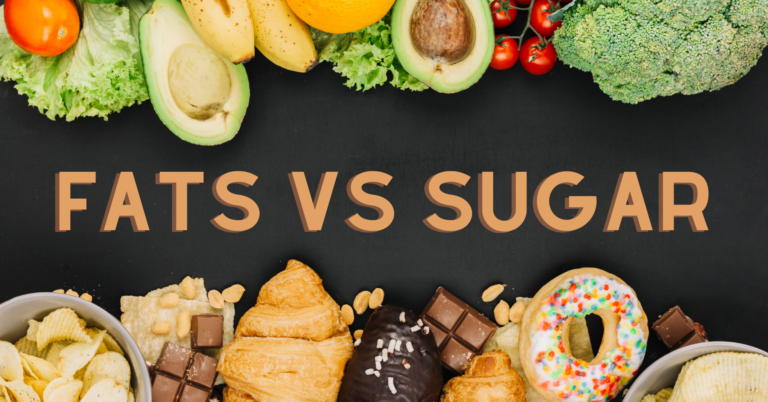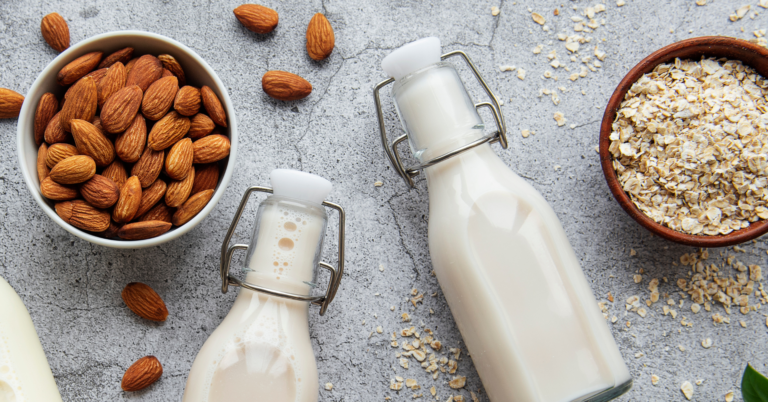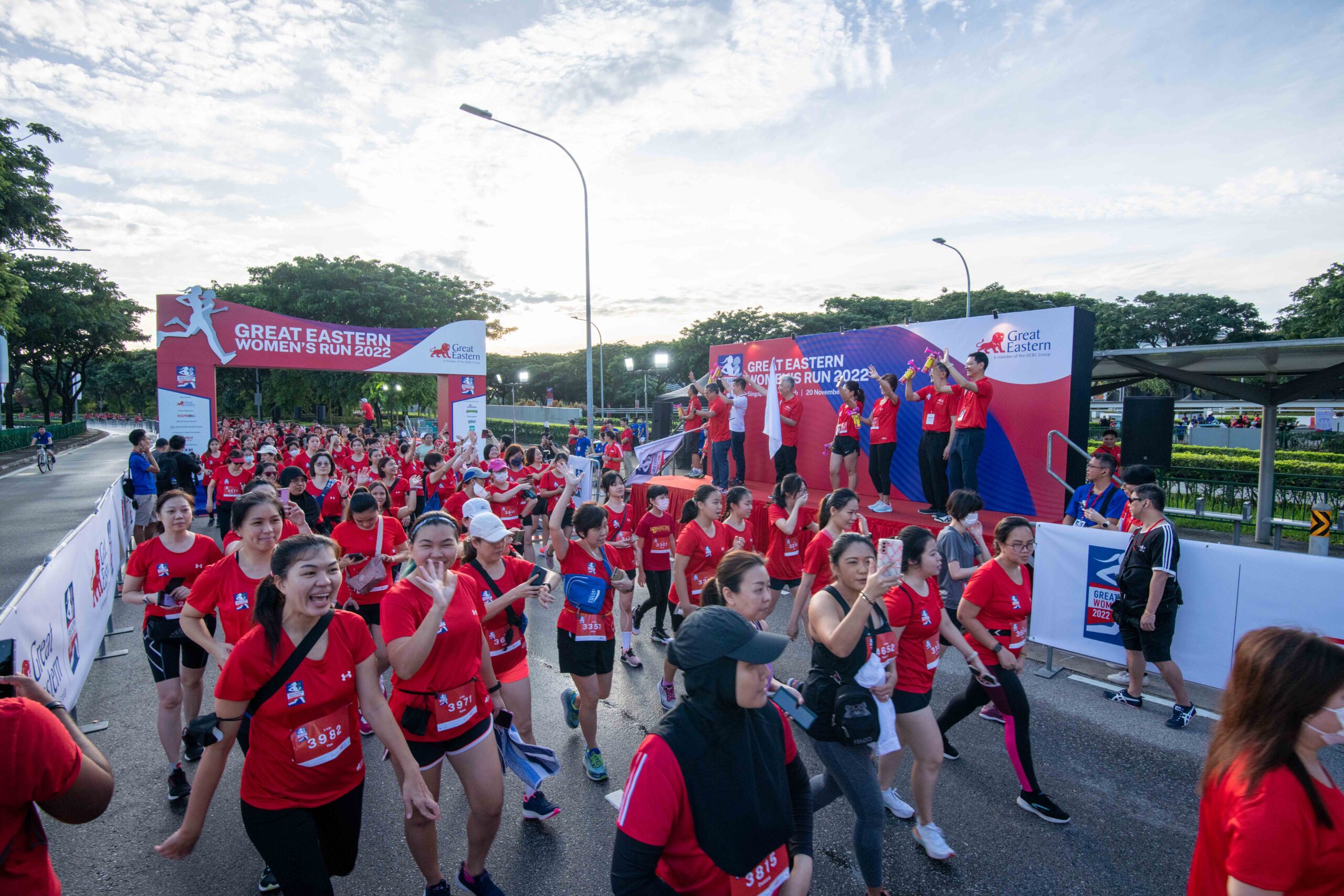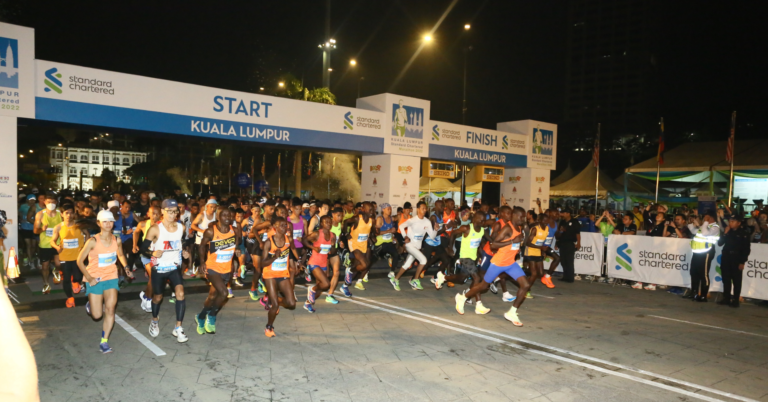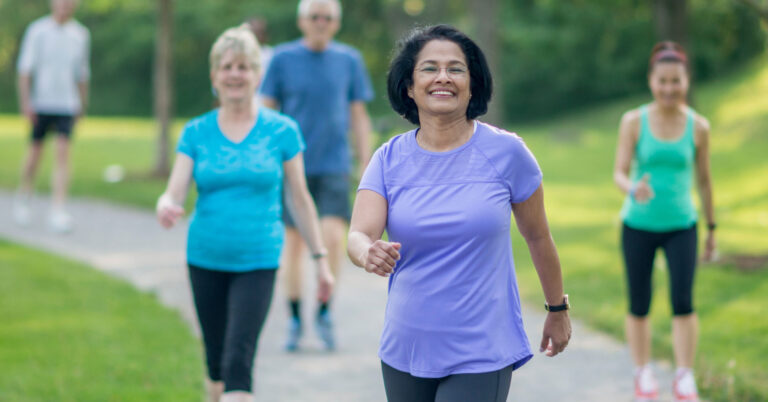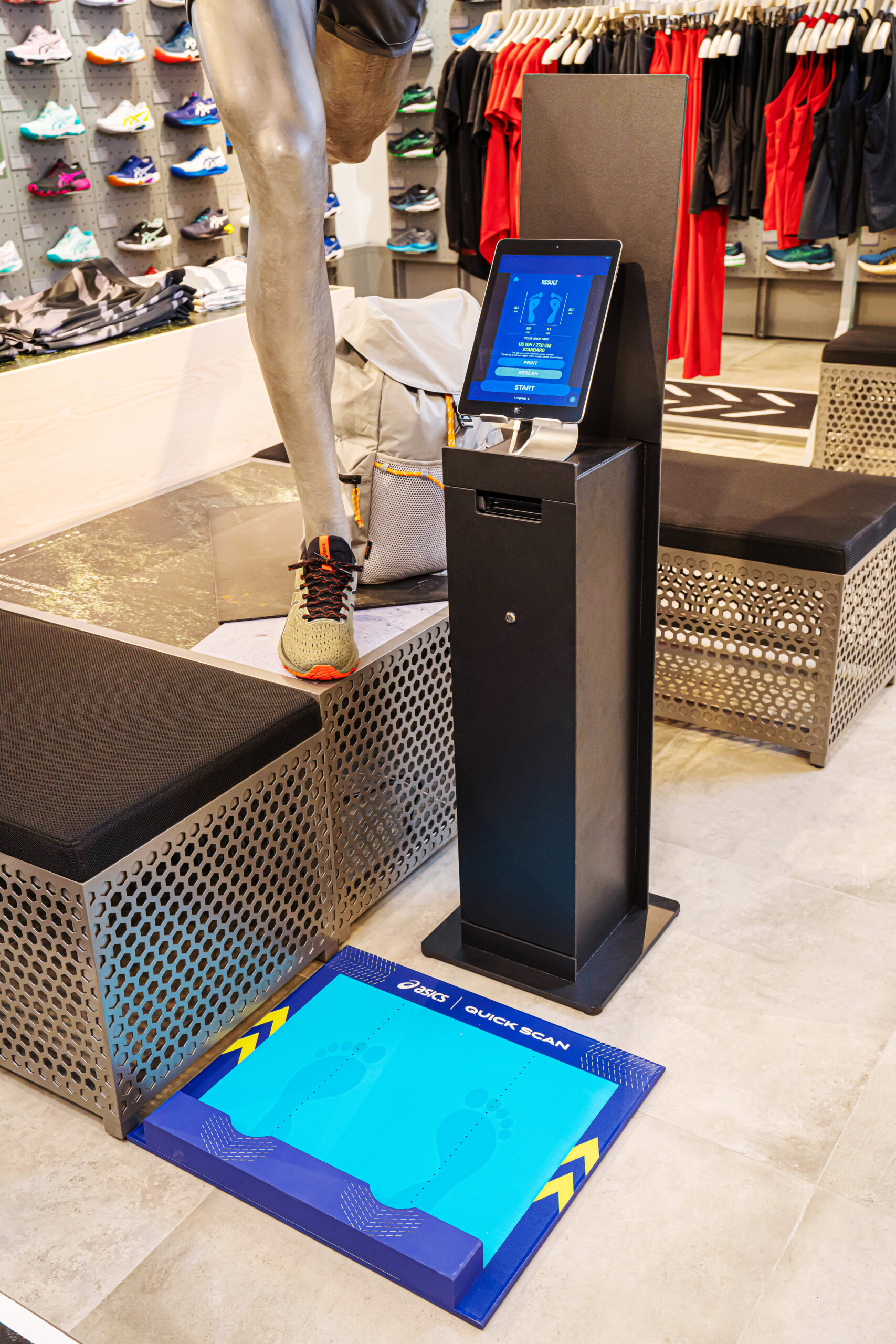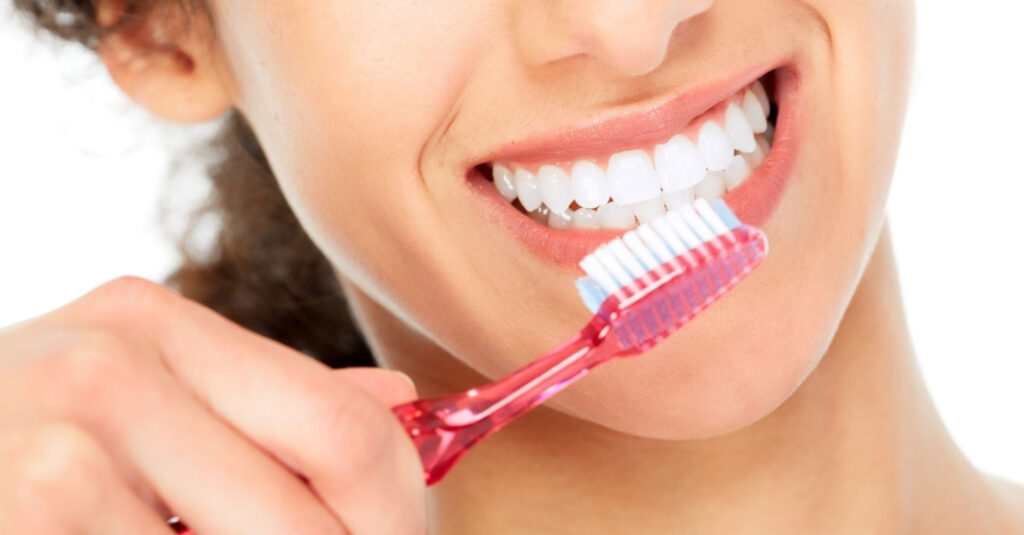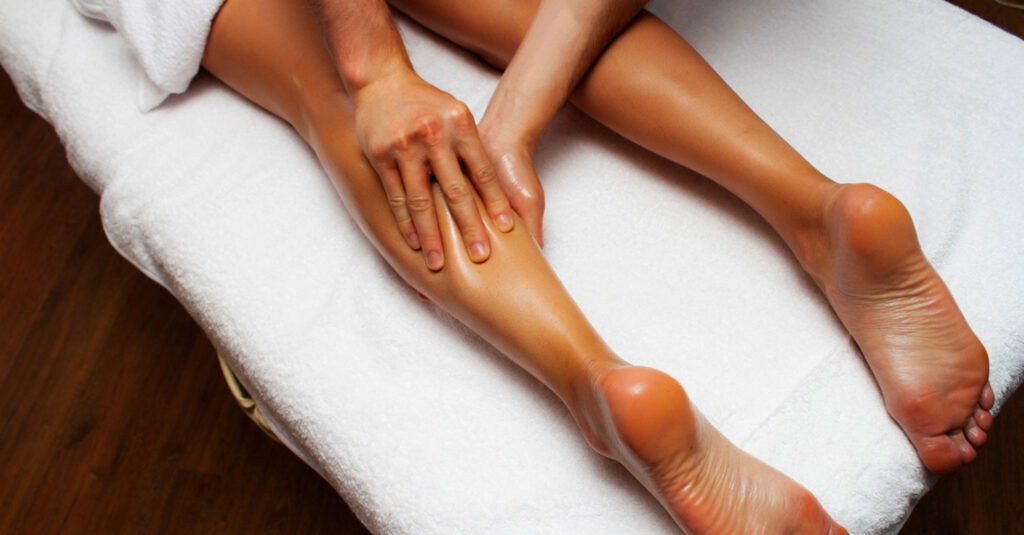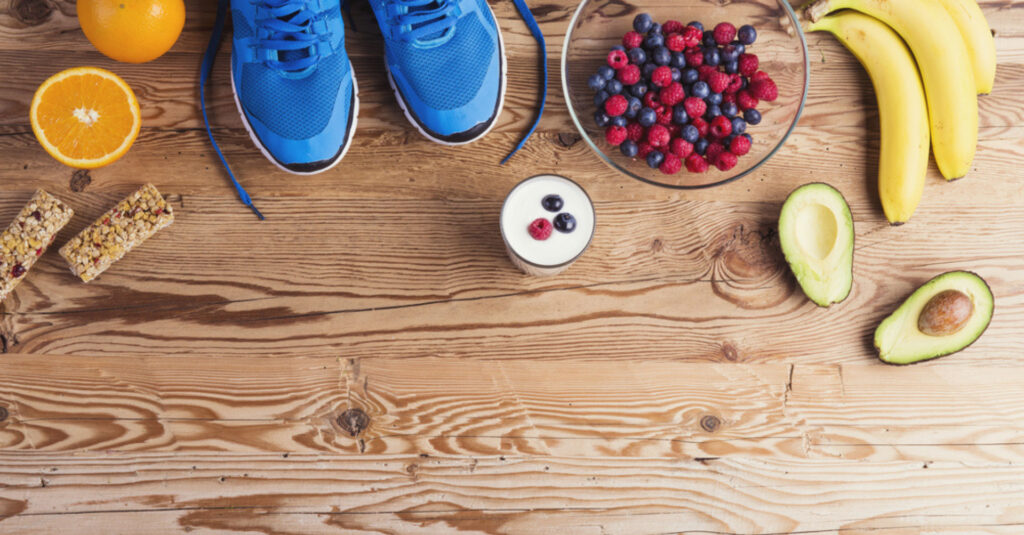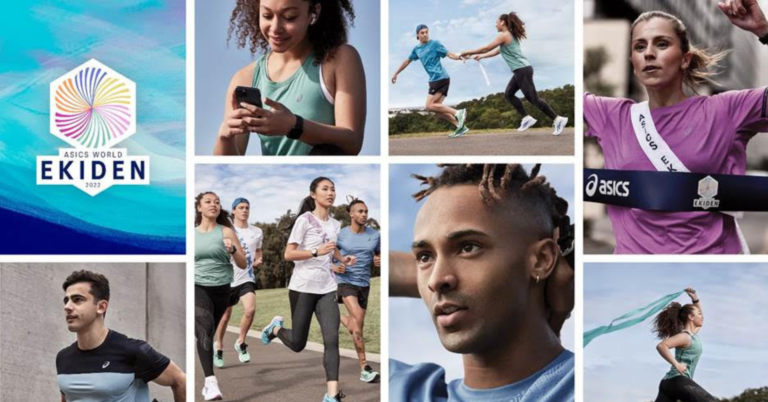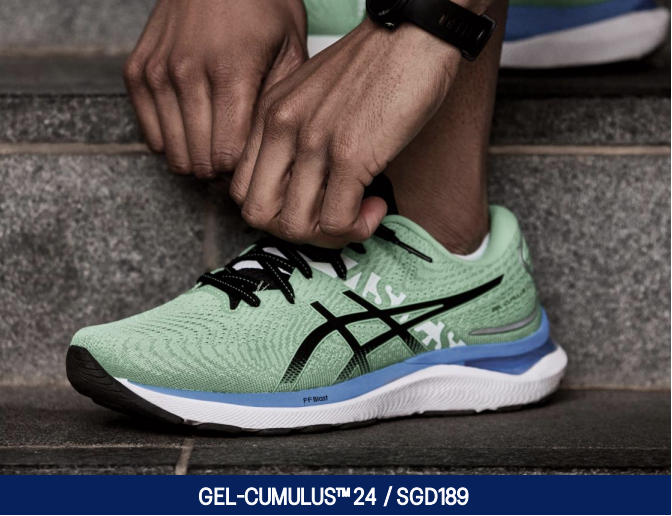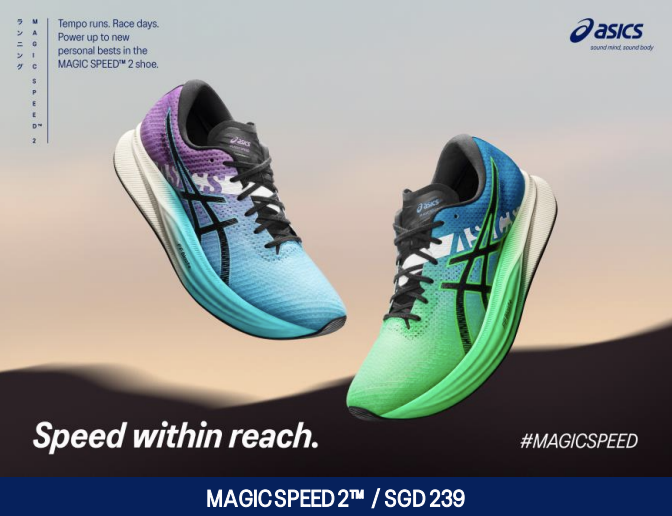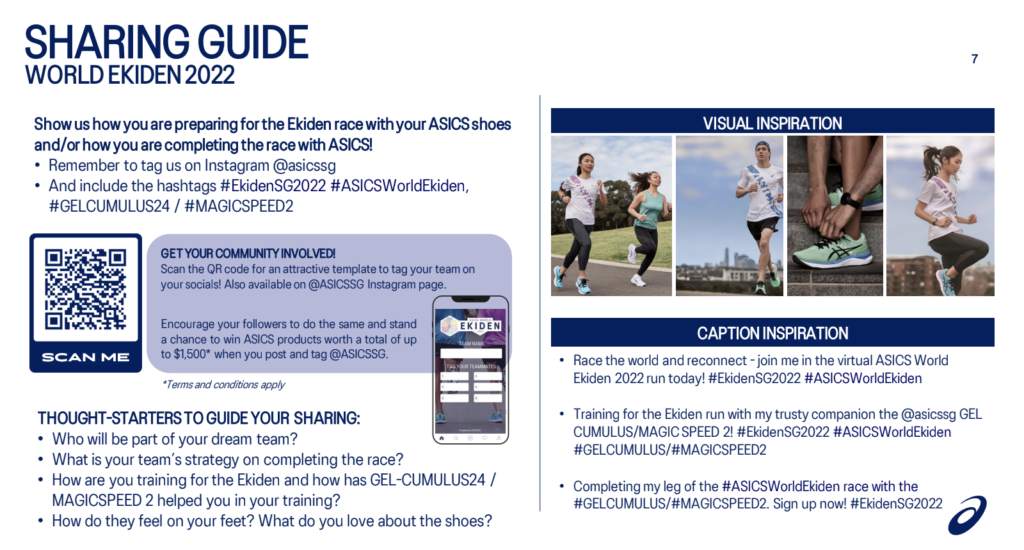The diet industry has conducted a ferocious war on fat over the past three decades, causing consumers to believe that reducing fat intake is the key to weight loss. It’s important to understand that not all fats are bad for you and that many “healthy, low-fat foods” can occasionally be detrimental to your general health.
It’s impossible to avoid running across an unending selection of dubious “healthy” goods if you stroll through almost any store. Even if they have the designation “fat-free” or “reduced fat,” they could end up being more harmful than helpful.
What the diet industry fails to disclose is that these low-fat meals are frequently loaded with preservatives, additives, and extra sugar designed to improve flavor and palatability rather than preserve freshness.
Added sugar can harm your health almost every other way, making it much worse than fat when it comes to weight.
Additionally, by reducing your fat consumption, you can eliminate the numerous potential health advantages good fats offer (listed below).
What is worse for your health, fat or sugar, is a common question among consumers.
EFFECTS OF SUGAR CONSUMPTION
- It has been demonstrated that sugar causes inflammation, which is the primary cause of most diseases. Why? Long-term maintenance of high levels of inflammation has been associated with a higher risk of developing several chronic illnesses, including heart disease, diabetes, and autoimmune disorders.
- Additionally, recent evidence indicates that eating a lot of added sugar may increase your risk of developing cancer. Because obesity increases your risk for several types of cancer, there is an indirect relationship between sugar and cancer risk.
- Sugar consumption has also been linked to a higher risk of obesity, insulin resistance, and metabolic syndrome, which can raise your chance of developing chronic diseases, as you may already be aware.
- Due to its high level of addiction, sugar can be quite difficult to give up completely. Why? When you eventually decide to reduce your sugar intake, sugar stimulates the release of dopamine. This neurotransmitter regulates the reward and pleasure regions of the brain, leading to a variety of withdrawal symptoms.
GOOD SUGARS (AND FATS)
Many nutritious foods, such as fruits, include natural sugars, but they also contain a variety of essential micronutrients and fiber, which can reduce the rate of absorption of sugar and counteract any potential health risks.
However, whereas additional sugar is commonly seen as bad, fat is an extremely important part of the diet and can provide a lengthy list of health benefits.
BENEFITS OF HEALTHY FAT
- Avocados, olive oil, and almonds are just a few examples of foods high in unsaturated fatty acids, which have been shown to improve heart health, lower cholesterol, and reduce inflammation.
- Additionally, some saturated fatty acids, like those found in coconut oil, have been linked to improved brain function and higher fat burning (if eaten according to a planned calorie intake).
- In addition, increasing your consumption of healthy fats helps slow stomach emptying, keeping you satisfied for longer to fend off cravings and accelerate weight reduction, even though this may seem paradoxical.
But not all fats are made equally.
THE NOT-SO-HEALTHY FATS
Nuts, seeds, and oils are a few examples of whole, unprocessed foods that include healthy fats. In contrast, overly processed foods contain fats that are not beneficial to your health. Trans fats, for instance, are mostly present in processed foods, and hydrogenated vegetable oils have been linked to various detrimental health issues, including diabetes and heart disease. Avoid them and opt for healthier sources of fat to improve your health.
WHAT ARE THE RESULTS OF FAT VS SUGAR?
Making little changes to replace unhealthy habits with healthier ones is the healthiest and most long-lasting strategy to enhance your health. Sugar is very addicting and has been linked to several harmful health impacts. On the other side, healthy fats are an integral component of a diet and may help with weight loss, heart health, and inflammation reduction. It is, therefore, preferable to eliminate sugar from your diet and replace it with a high-fat diet.
If you want to become your healthiest self, opt for foods like:
- coconut oil
- avocados
- extra-virgin olive oil
- grass-fed butter
- fatty fish
- nutrient-rich nuts and seeds
Avoid sugar from processed foods, juices with added sugar, energy drinks, sodas, and other unhealthy sources.
If you do need to add a hint of sweetness to your favorite baked goods or beverages, select natural sweeteners like:
- raw honey
- stevia
- dates
These ingredients can add a little extra flavour, but they are also considerably healthier than simple, white, processed sugar because they are rich in vitamins, minerals, and antioxidants.


